How to Assess Managers for Promotion and Succession
By Michael J Griffin
6 minute read
Assessing managers for promotion or succession is a critical process to ensure that the right individuals are advancing in your organization to enhance organizational growth and competitiveness. The initial steps for this process begins with your board or senior managers in collaboration with your HR department to put in place the steps and process for assessing for promotion.
Preparation before Assessing your Leaders for Moving Them up the Corporate Ladder
Attract and Hire Managers with Promotion Potential. When you hire, during the interview process, assess candidates for succession potential. Build this into your hiring process. Succession potential should also gauge how well the managerial candidate will align with your corporate culture and how loyal you assess the candidate will be. Don’t hire career “jumpers.”
Create and Publicise a well-defined High Potential Program. The younger generation wants to climb fast and your corporate pioneers and boomers are retiring. Setting up a “Hi-Pot” program can be a differentiator in keeping your succession pipeline full. This program can be for different strata: individual contributors to supervisors, supervisors to mid mangers and mid managers to upper manager/directors.
Reduce Your Company Employee Turnover. You will lose “hi-pots.” Having a strong coaching and mentoring culture can reduce this turnover and even nurture and accelerate the leadership growth of your future leaders. The adage says “people join companies but leave their managers.”
Have Clearly Defined Clear Promotion Criteria. Establish specific criteria that a manager must meet to be eligible for promotion. This can include skills, performance metrics, leadership abilities, and experience. This starts with up to date and relevant job descriptions for your leadership positions.
Remember that promoting managers is not only about their past achievements but also their potential to excel in the new role. Regularly review and update your promotion criteria to adapt to changing business needs and industry trends. When is the last time your organization updated job descriptions for managerial or leadership positions? When is the last time you upgraded your promotion and succession processes to reflect changes in your industry and market?
Considerations for Evaluating Leaders for Promotion or Succession
Conduct Regular Performance Evaluations. Review the manager's past performance, looking at their accomplishments, results, and contributions to the team or department. Use Balanced Scorecard, quarterly, not yearly, performance appraisals, feedback from peers, subordinates, and superiors. Look for consistency in getting results through people, process and technology.
Leadership and Management Skills. Assess their leadership and management skills, including their ability to motivate and inspire their team, make effective decisions, and resolve conflicts. 360 Degree feedback is an excellent tool and process to gauge a potential successor ability.
Team Leadership Development. Evaluate their success in developing and nurturing their team members' skills, growth, and performance. Put the manager in charge of a cross functional project and observe how s/he moves the team through forming storming norming and performing to achieve project success.
Consider Adaptability. Consider the successor’s “agility and grit” to adapt to changing circumstances and their willingness to learn and develop new skills. Ask for their story as proof of their agility and grit. I always ask how they adapted through COVID and what did they learn, how did they grow during the pandemic.
Assess Communication Skills. Effective communication is crucial for managers. Assess their ability to communicate clearly, listen actively, and convey information to different stakeholders in one on one interactions, team sessions and public speaking events.
Fluency in Problem-Solving and Decision-Making. Evaluate their problem analysis and solving skills, decision-making capabilities , and examples of how they handle challenging situations with creativity, innovation and process.
Demonstrate Ethical Behaviour in Organizational Culture: Promote individuals with strong ethical standards of integrity who align with your organization's values and principles. Integrity is a must! Consider how well the leader aligns with the company's culture and values by his/her behaviour and attitude.
Ability to Step up to Strategic Thinking: Leaders at a senior level will need the ability to “see the forest and not get stuck in the trees.” Consider their ability to think and vision strategically, see the big picture, set realistic organizational goals, and align their team's efforts with the organization's long-term strategy & objectives.
Builds Trusting Relationships across Different Personalities and Cultures. Future leaders must have good EQ, a DEI mindset with the ability to build trusting relationships with different personalities and cultural backgrounds. For customer-facing roles, assess their ability to build and maintain relationships with clients or stakeholders.
Can Effectively Mentor or Coach. If relevant, evaluate their role in mentoring and coaching subordinates and helping them progress in their careers by employing the coaching skills of giving respectful feedback, developing others, managing differences, and inspiring other to change.
Teachability and Openness to Self-Improvement. Assess their ability to accept constructive feedback, be teachable, accept coaching from superiors and actively work on self-improvement. This can gauge the potential successor’s humility and how secure is s/he with his/her self.
Tools used for Assessing People for Promotion or Succession
Simulations. Use simulations or case studies to evaluate how candidates perform in real-world scenarios. There are many simulation exercises that can be used for assessing a candidate’s CEO or director abilities, teamwork, problem solving, motivations and even EQ.
Assessments and Profiles. Use DISC profiles, Strength Finder, Harrison Assessments or other legally defensible, global standard profiles to gain valuable insight on a successor’s strengths, areas for improvement and attitudes that drive them to succeed.
Assessment Centres. For more complex roles or higher-level positions, consider using assessment centres to simulate the role's responsibilities. These are usually conducted by experienced consultants or recruitment agencies.
360-Degree Feedback. Gather feedback from peers, subordinates, and superiors to gain a comprehensive view of the manager's performance and ability to build and grow healthy relationships. These surveys work best when a third party consultant collects the 360 feedback.
Training and Development Plans. Offer training and development opportunities for those who may have potential but need further skill development. These plans are best done after many of these assessment activities have been completed. The development plan is done in collaboration with the candidates who are “hi-pot” or selected for succession.
I sincerely trust that this overview of assessing managers and leaders for promotion has been helpful. You may find that some of these considerations and tools may have a higher priority in your organization. Use those that make sense for you. May your organization accelerate growth and success by having a well thought out promotion and succession process! As usual, if you need my 30 over years of experience to craft your succession process and plan, contact me at my email below. May you be successful in succession!
Michael J Griffin
CEO and Founder of ELAvate
michael.griffin@elavateglobal.com

